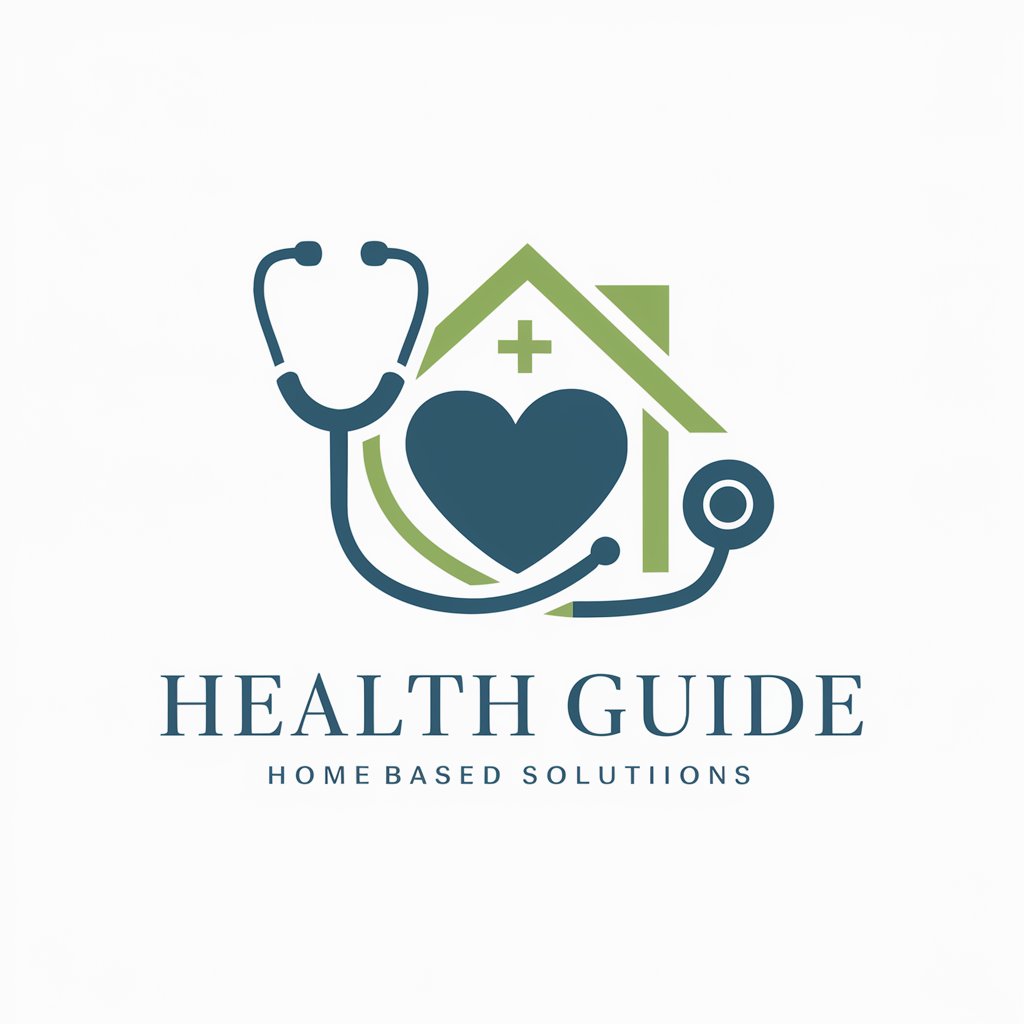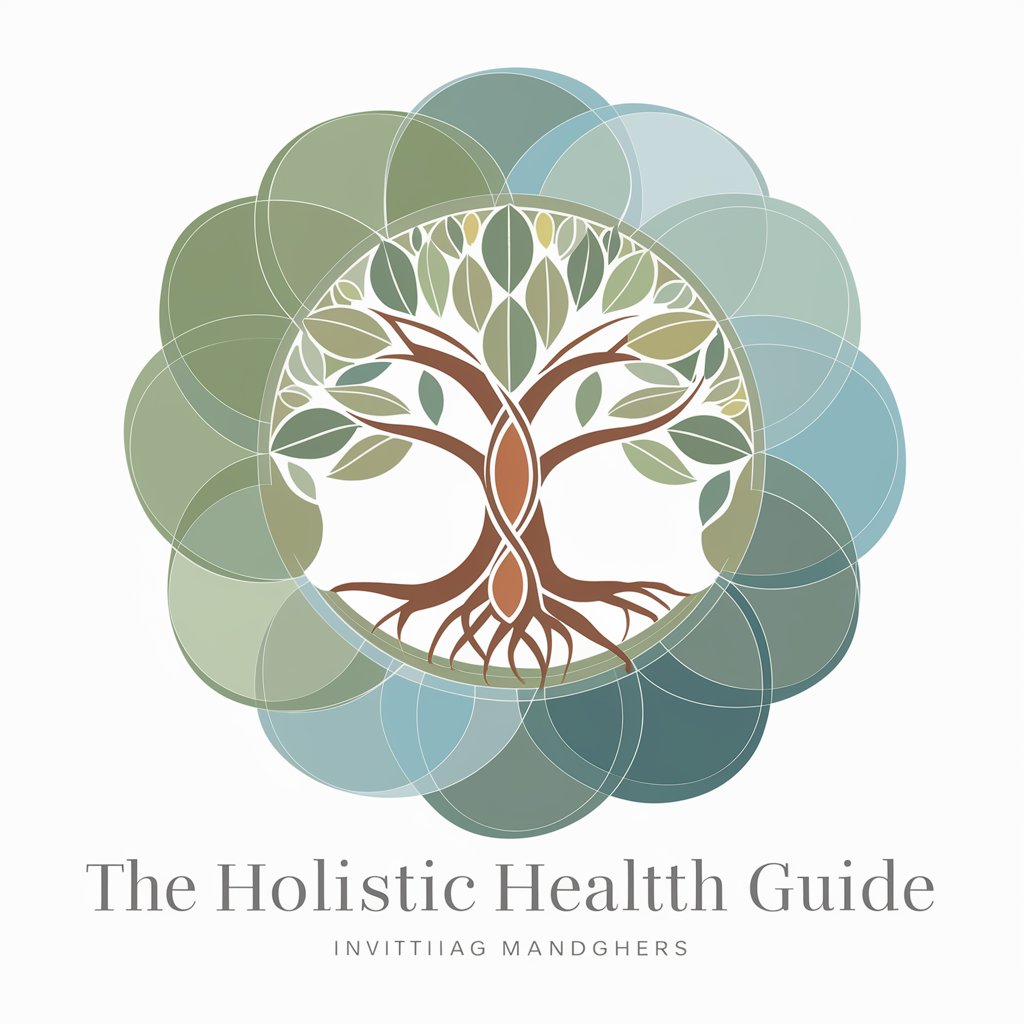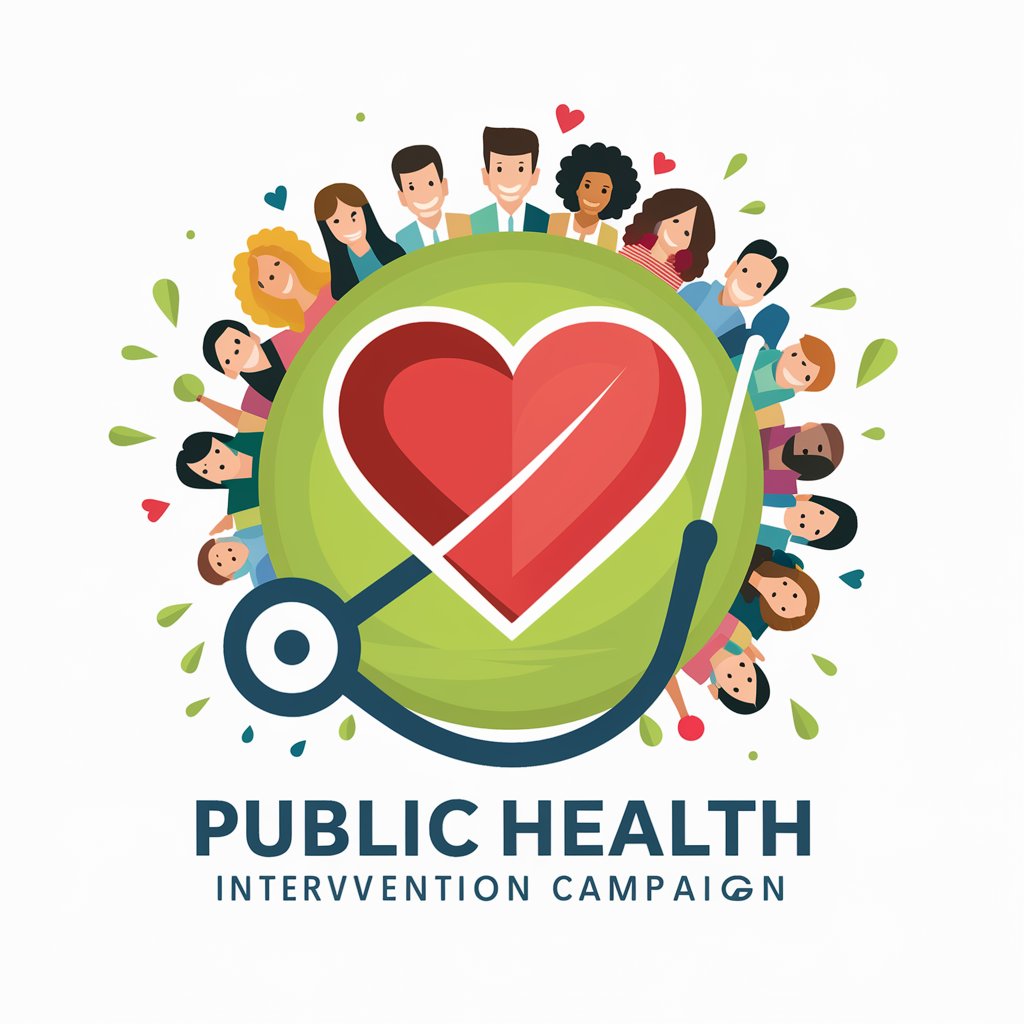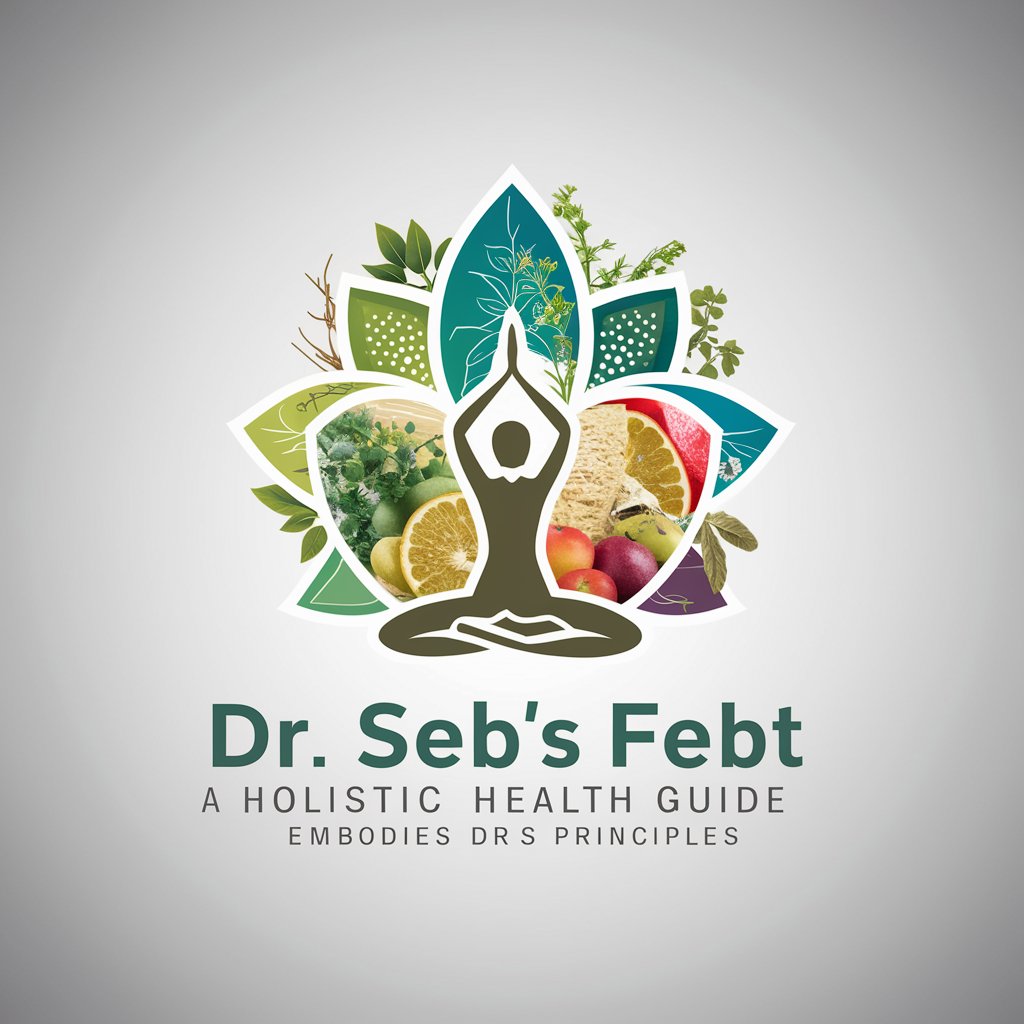
Primary Health Care Guide - Primary Healthcare Reference
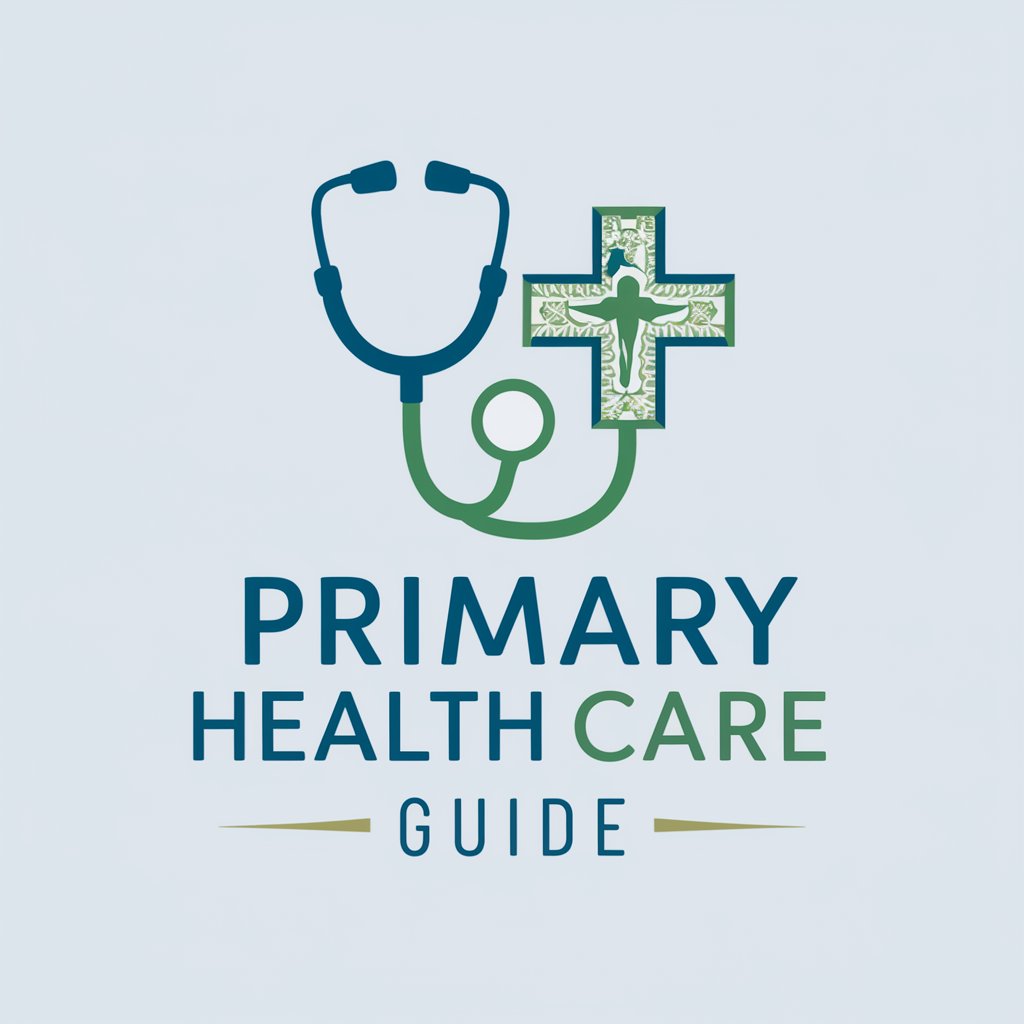
Hello! How can I assist you with your healthcare needs today?
Empowering Compassionate Care with AI
How can I manage a patient presenting with...
What are the treatment protocols for...
Which symptoms should I look for in cases of...
Can you provide guidance on diagnosing...
Get Embed Code
Introduction to Primary Health Care Guide
The Primary Health Care Guide, developed in alignment with the Ethiopian Ministry of Health's directives, serves as a pivotal tool for healthcare workers at the primary care level, especially designed to enhance the management and treatment of common conditions in older children and adults. Rooted in a standardized, symptom-based algorithmic approach, it encapsulates essential guidelines for addressing a wide array of presenting symptoms and chronic conditions prevalent within Ethiopia. This guide is integral in bridging gaps in patient care, facilitating early case detection, and ensuring appropriate treatment. An exemplary scenario illustrating its utility involves a healthcare worker efficiently navigating through the guide to address a patient's symptoms, thereby expediting the diagnostic process and tailoring a treatment plan that aligns with local healthcare policies and the burden of disease. Powered by ChatGPT-4o。

Main Functions of Primary Health Care Guide
Symptom-based management
Example
Fever, cough, chest pain
Scenario
A healthcare worker uses the guide to identify and manage a patient's main symptom of cough, following the algorithm to a management plan or to consider a chronic condition.
Chronic condition management
Example
Tuberculosis (TB), HIV, malnutrition
Scenario
A known TB patient visits the health center. The healthcare worker refers to the 'Tuberculosis (TB): routine care' section to manage the patient's chronic condition using the 'Assess, Advise, and Treat' framework.
Integrated management approach
Example
Cardiovascular diseases, diabetes, chronic respiratory diseases
Scenario
In treating a patient with hypertension, the healthcare worker consults the guide for an integrated approach to manage hypertension alongside potential comorbid conditions like diabetes.
Ideal Users of Primary Health Care Guide Services
Healthcare Workers in Health Centers
Including health officers and nurses, who are the primary users. They benefit from having a standardized, quick-reference tool that assists in diagnosing and managing a wide range of conditions.
Community Health Workers
Although the guide is more geared towards facility-based healthcare workers, community health workers can also use it for basic symptom recognition and when to refer patients to health centers.
Healthcare Students and Trainees
Students in medical, nursing, and health officer training programs can use the guide as a learning resource to understand the principles of primary healthcare delivery and management of common conditions.

Using the Primary Health Care Guide
Initiate Free Trial
Start by accessing a complimentary trial on yeschat.ai, allowing immediate use without the need for a ChatGPT Plus subscription or account creation.
Determine Patient Age
Identify the patient's age to select the appropriate section of the guide, either for adults (15 years or older) or children (5 to 14 years).
Symptom Assessment
For patients presenting symptoms, locate the main symptom using the Symptoms contents page, then follow the provided algorithm to guide treatment or further investigation.
Chronic Conditions Management
For patients with known chronic conditions, use the Chronic Conditions contents page to find management guidelines within the 'Assess, Advise, and Treat' framework.
Utilize Algorithmic Tools
Apply the guide's integrated, algorithmic approach to manage common symptoms and chronic conditions efficiently, ensuring evidence-based, compassionate care.
Try other advanced and practical GPTs
Primary Reader Assistant
Enhancing Year 4 Reading with AI
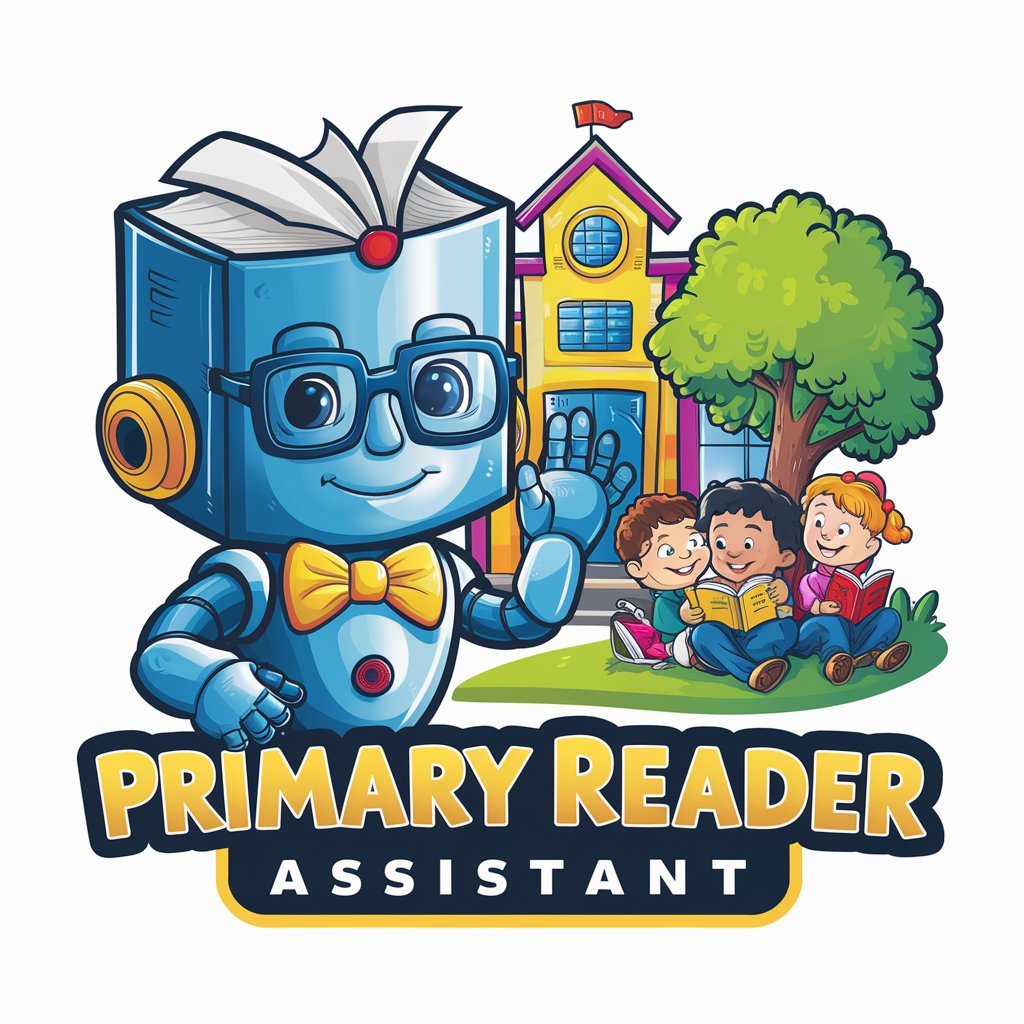
EL Primary UK English
Empowering English Education with AI
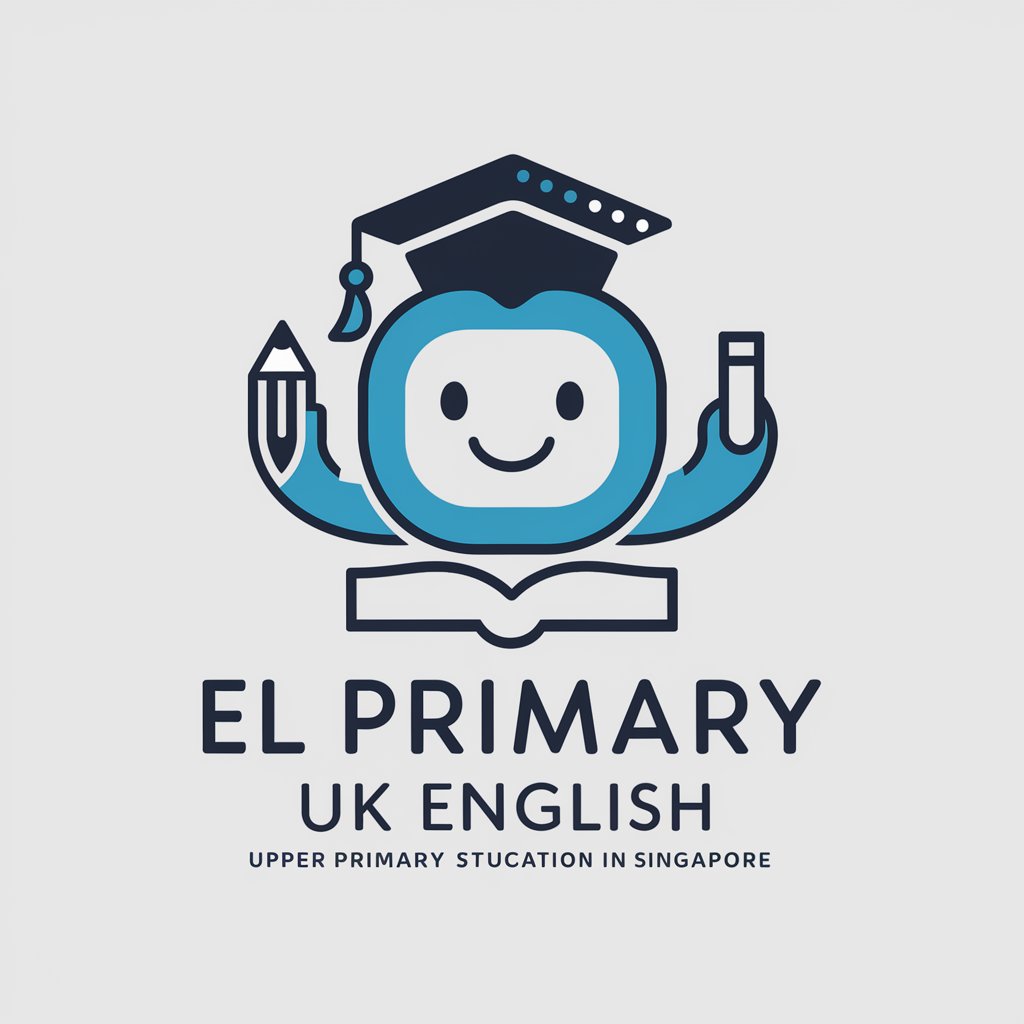
Primary Math Guide
Visualizing Math with AI
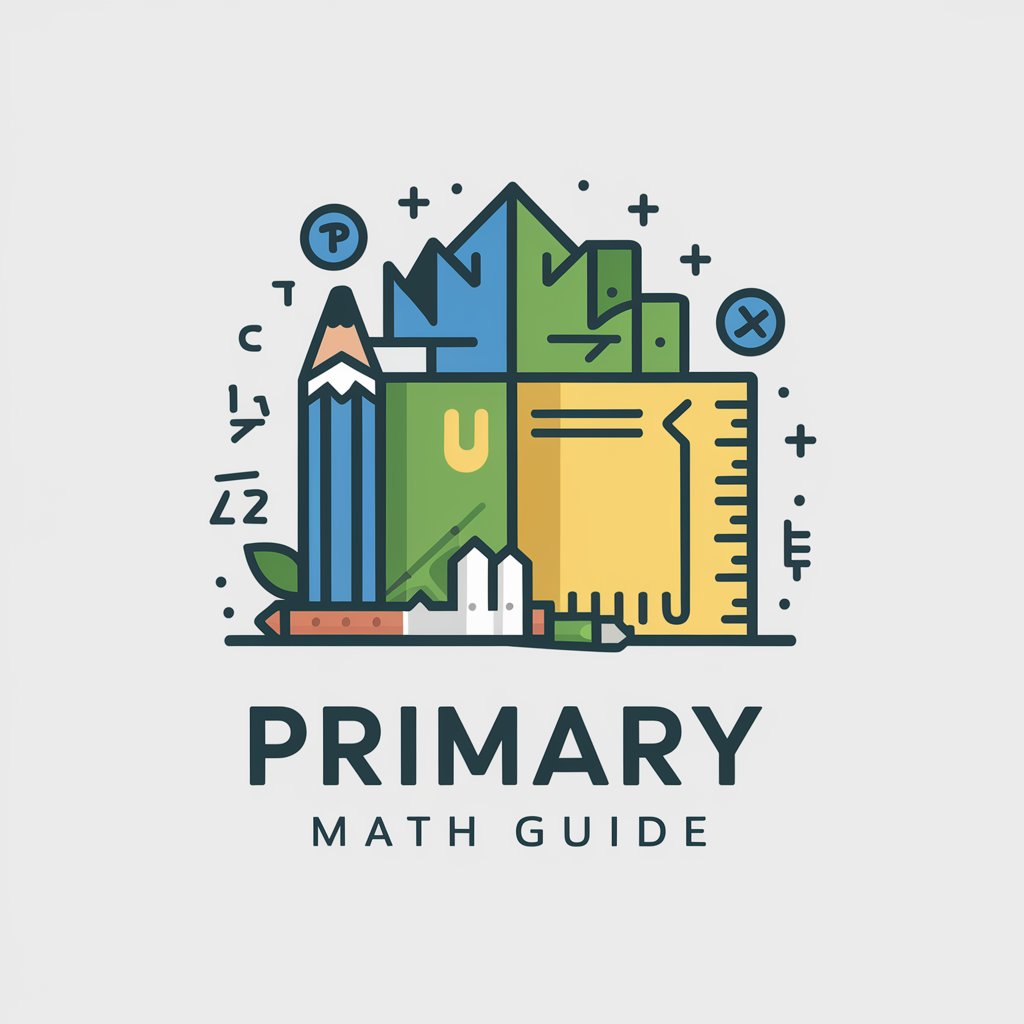
Primary Colors Logo Generator
Craft Bold Logos with AI & Primary Colors

Making Care Primary Guide
AI-driven insights into healthcare policy
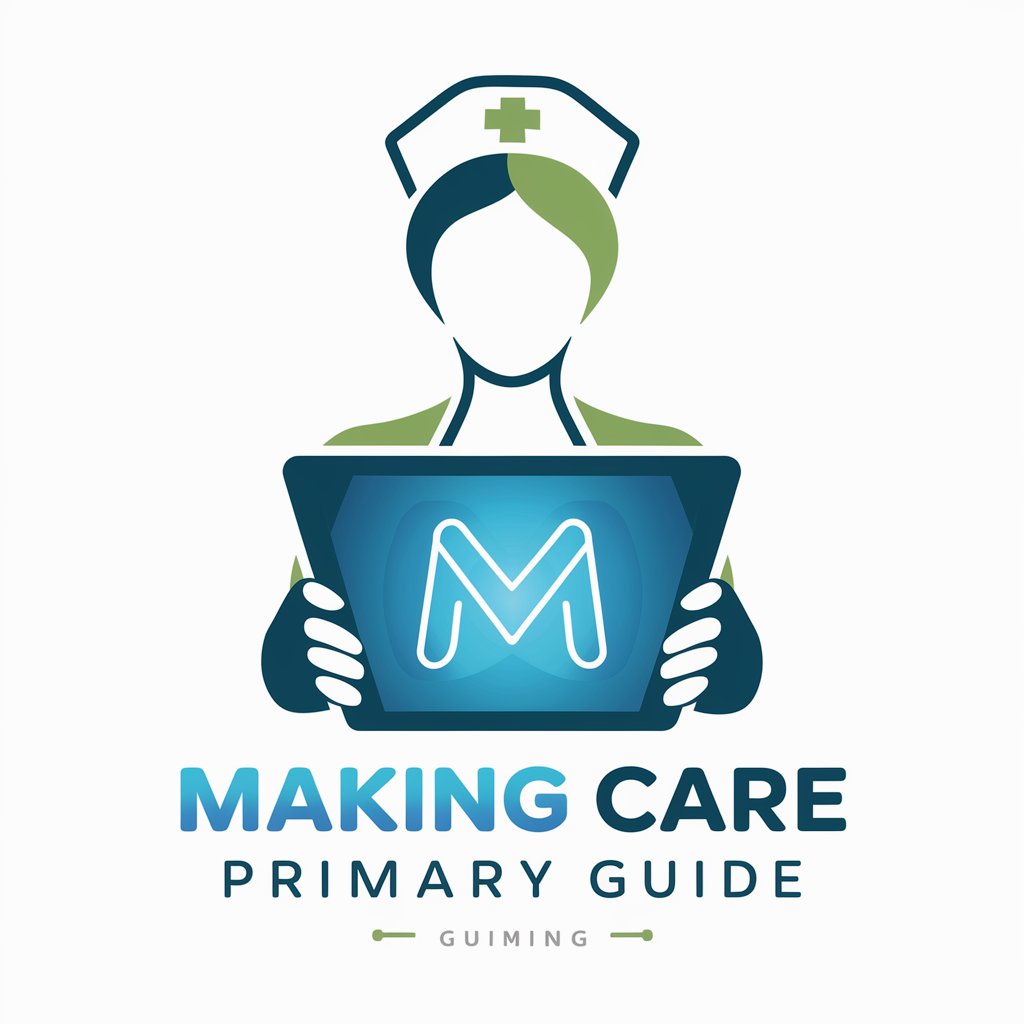
Primary School Teacher Feedback
Enhancing Learning with AI Feedback
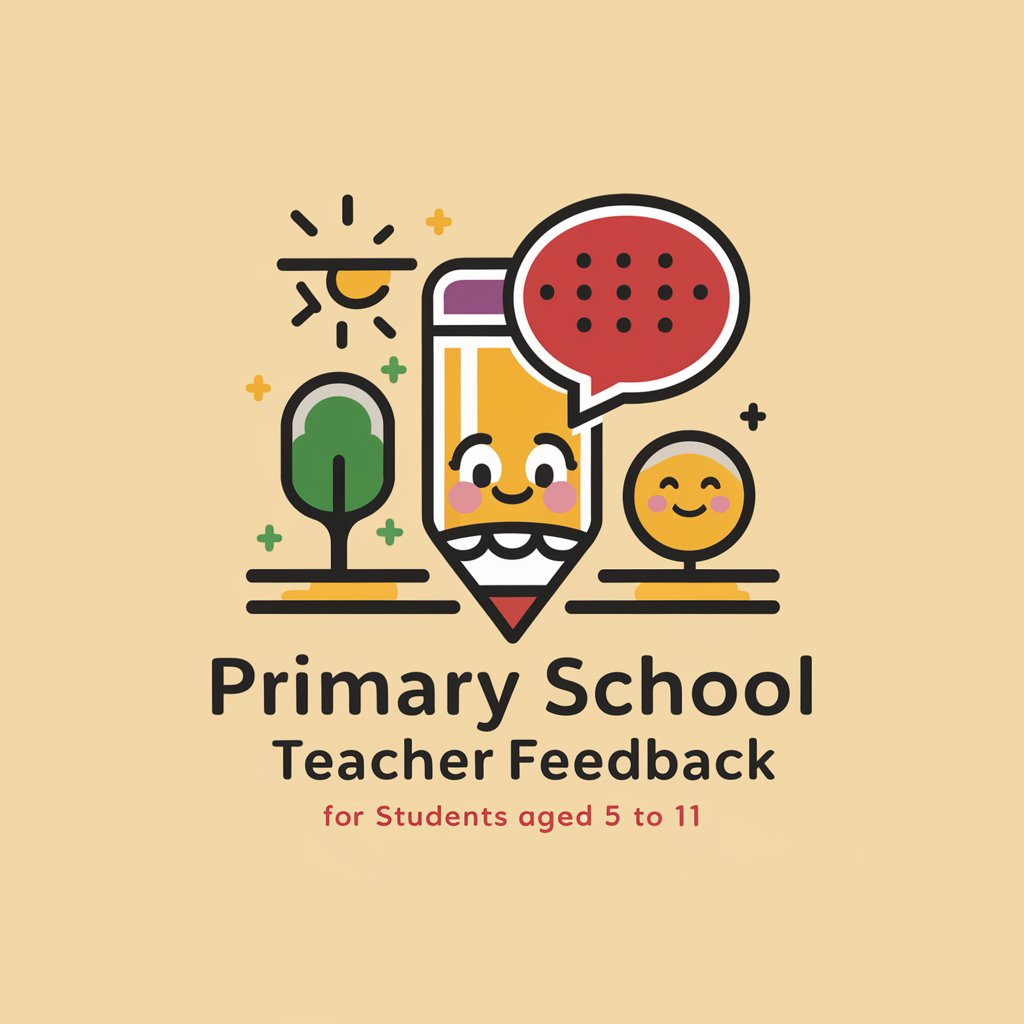
Primary 6 English Guide
AI-powered English Mastery for Primary 6
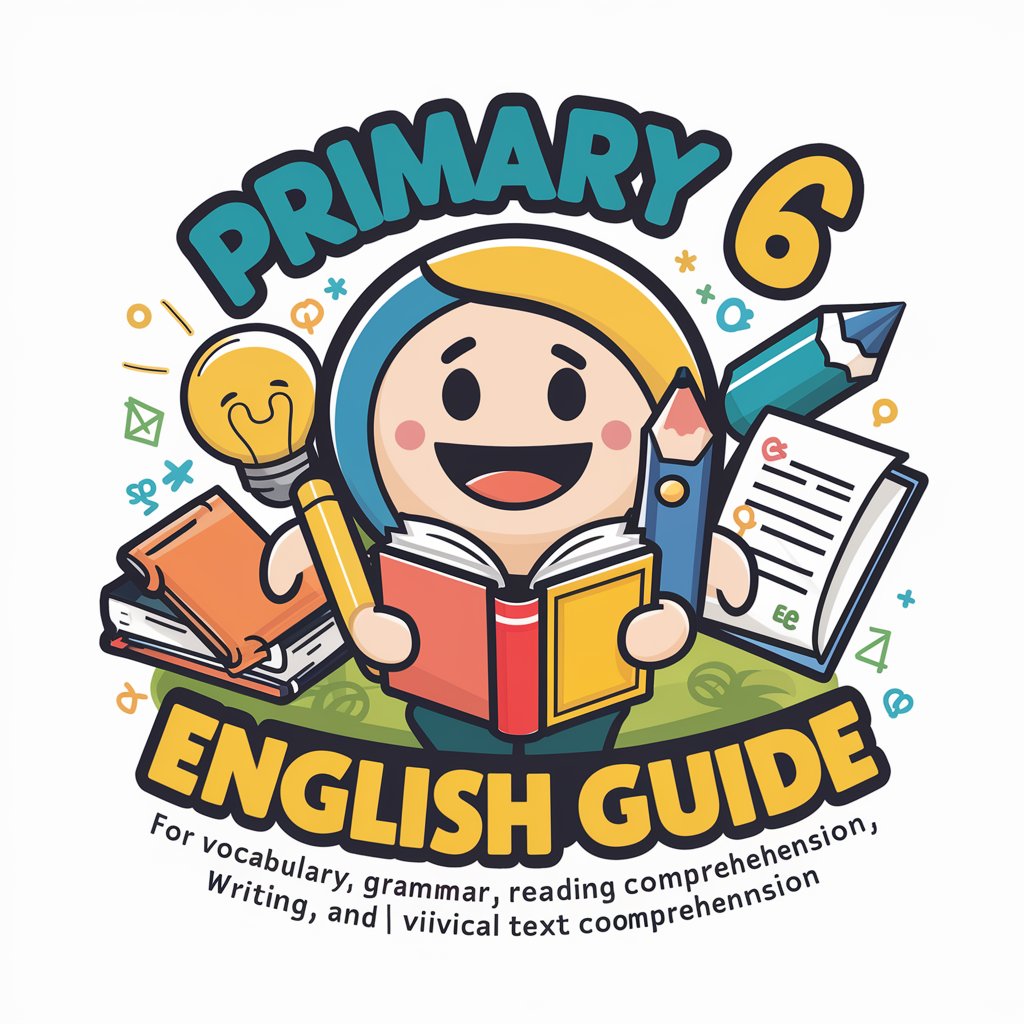
Primary Global Tutor
Empowering young minds through AI-driven education.

C++ Tutor for Primary Students
Empowering young minds with AI-driven C++ education.
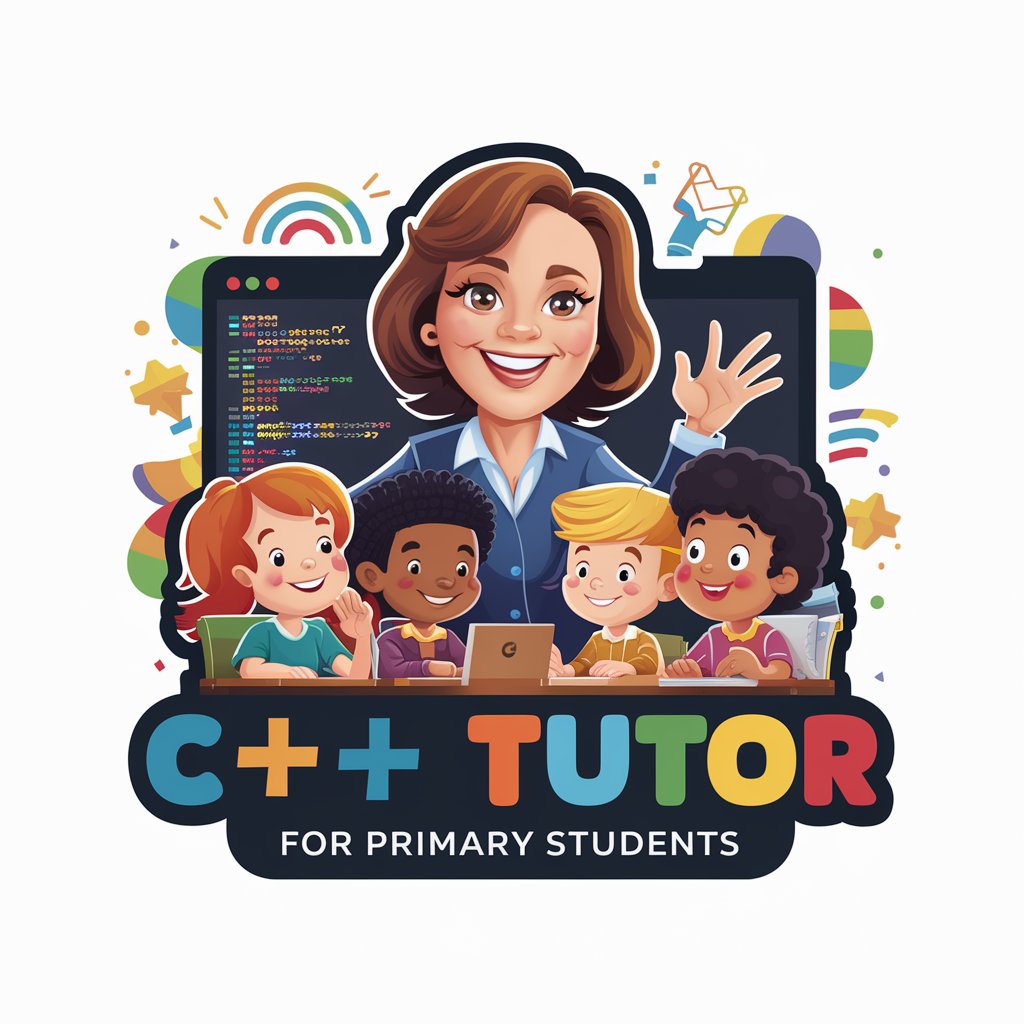
Companion Square
Enhancing Conversations with AI Power
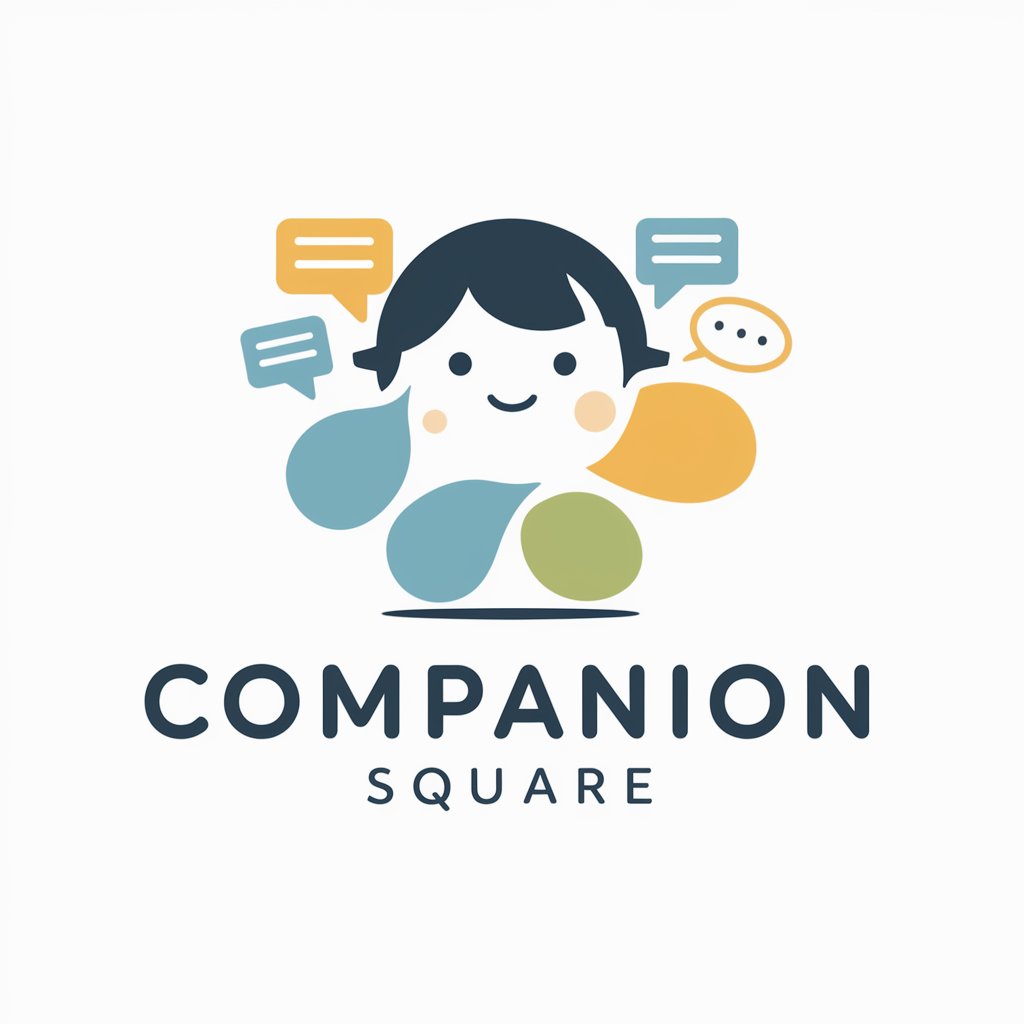
Code Squire
Empowering Code Mastery with AI
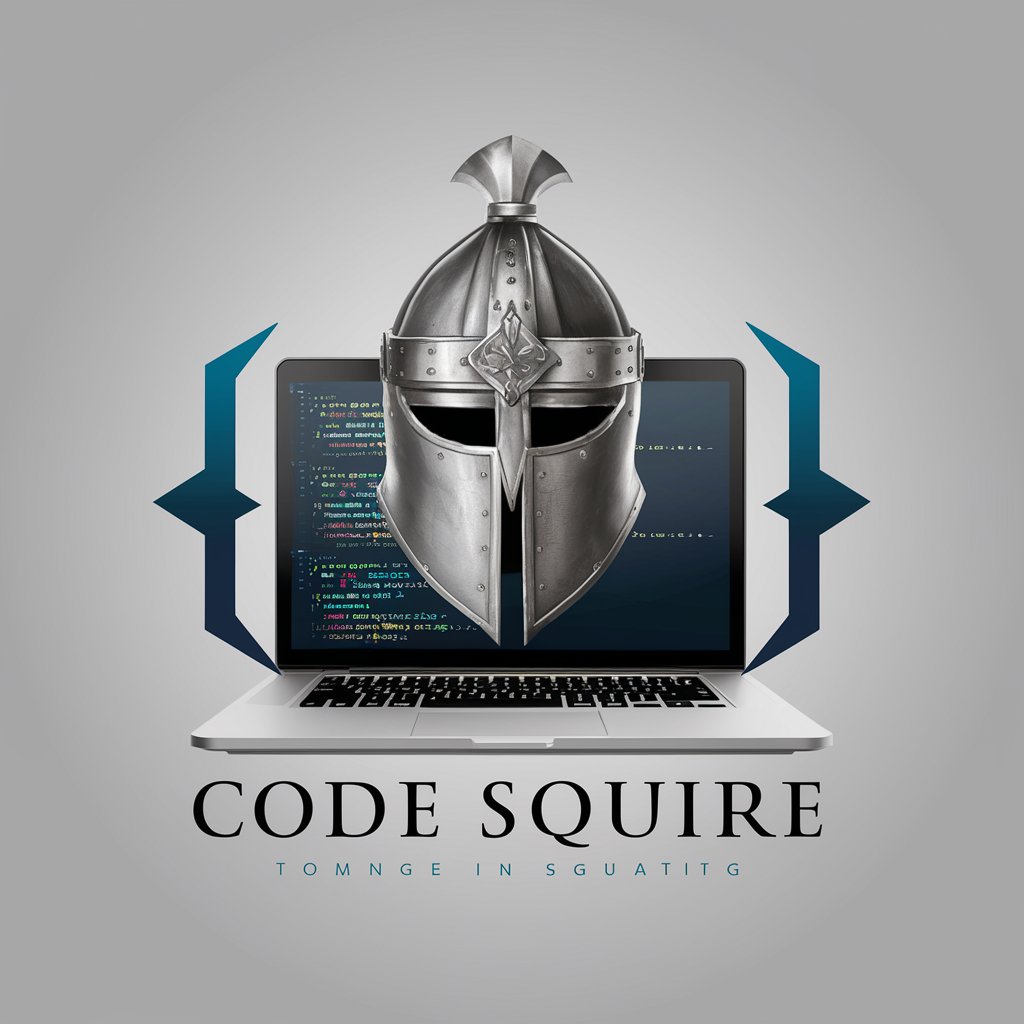
Socratic Squire
Deepen Understanding with AI Inquiry
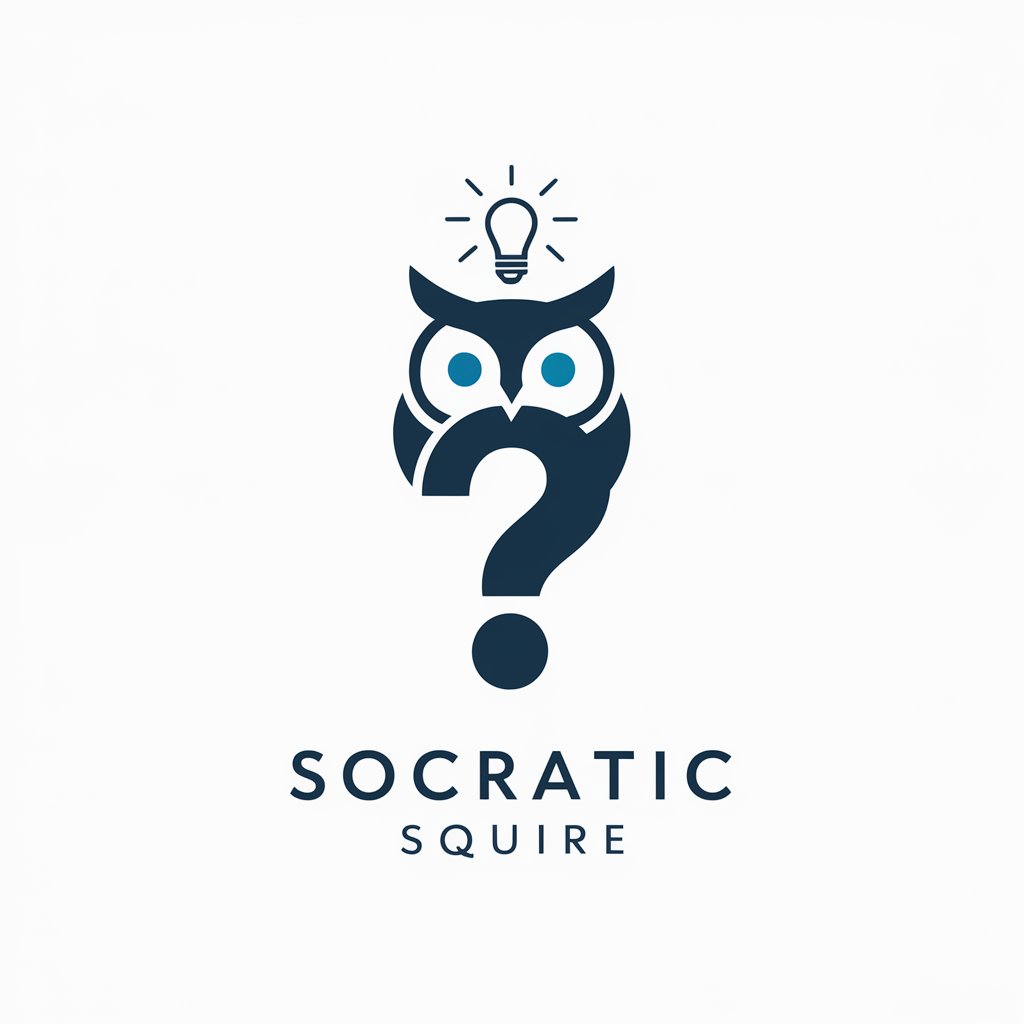
Q&A on Primary Health Care Guide
What is the primary target audience of the Primary Health Care Guide?
The guide is designed for healthcare workers at primary care levels, particularly health officers and nurses, to provide standardized, evidence-informed patient care.
How does the guide address the management of chronic conditions?
It offers a symptom-based algorithmic approach covering chronic conditions like cardiovascular diseases, diabetes, and mental health, providing management principles at the health center level.
Can the guide be used for pediatric care?
Yes, it includes a section for older children (5-14 years), focusing on long-term health conditions and integrating with the Integrated Management of Childhood Illness for younger children.
How does the guide ensure culturally appropriate care?
The guidelines were localized to align with Ethiopian healthcare policies and disease burdens through extensive collaboration with Ethiopian clinicians and health authorities.
What resources support the guide's recommendations?
Recommendations are supported by local and global health policies, including the Standard Treatment Guidelines for Health Centers and the PACK Global guides, ensuring comprehensive and up-to-date care.
